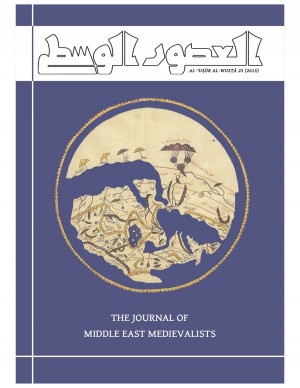Abstract
This paper re-examines the reign of Aḥmad b. Ṭūlūn (254–270/868-883), taking account of the currently available numismatic evidence. It argues for a reappraisal of the crucial triangular relationship between Ibn Ṭūlūn, the caliph al-Muʿtamid ʿalā Allāh (256–279/869-892) and the latter’s brother Abū Aḥmad (known as al-Muwaffaq billāh from 261/874). The rise of the Tulunids is situated within the context of the weakening of the Abbasid unitary state in the middle of the third century AH/ninth century CE, and the emergence of powerful provincial governors whose rise to power anticipated the eclipse of the caliphal state in the fourth/tenth century. The value of the numismatic evidence lies mainly in the names and titles that occur on the coins. These allow the historian to control the sometimes contradictory narrative of the textual sources and also raise questions about the nature and extent of Tulunid autonomy

This work is licensed under a Creative Commons Attribution-NonCommercial-NoDerivatives 4.0 International License.
Copyright (c) 2017 Luke Treadwel

